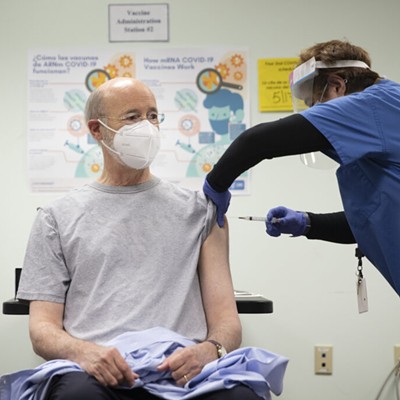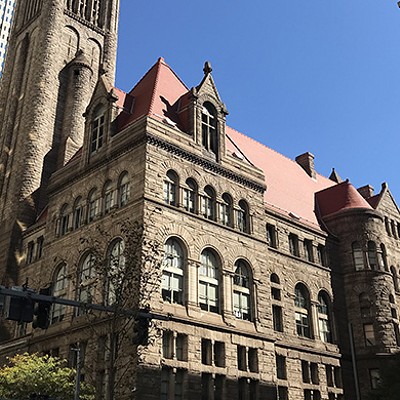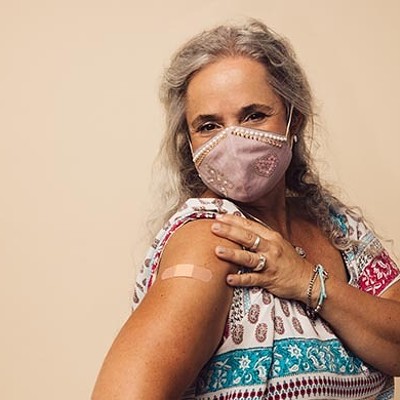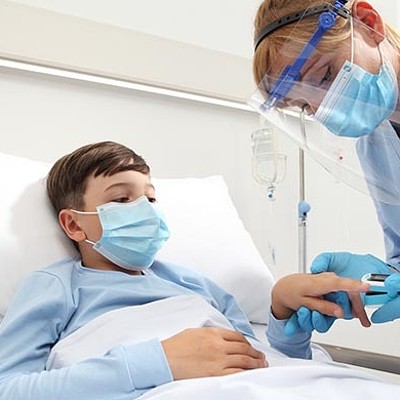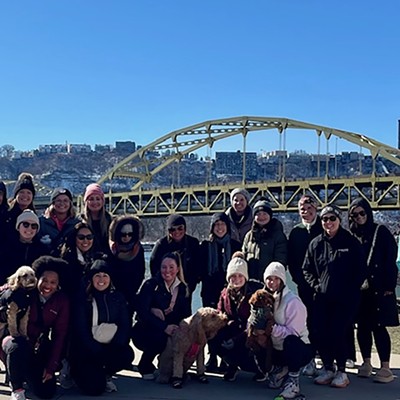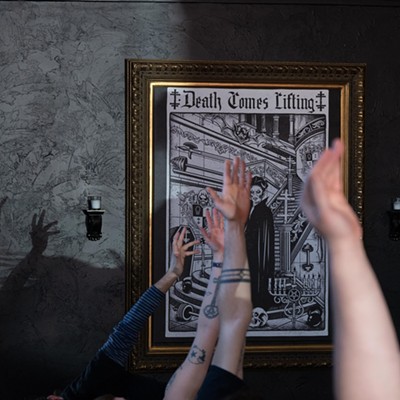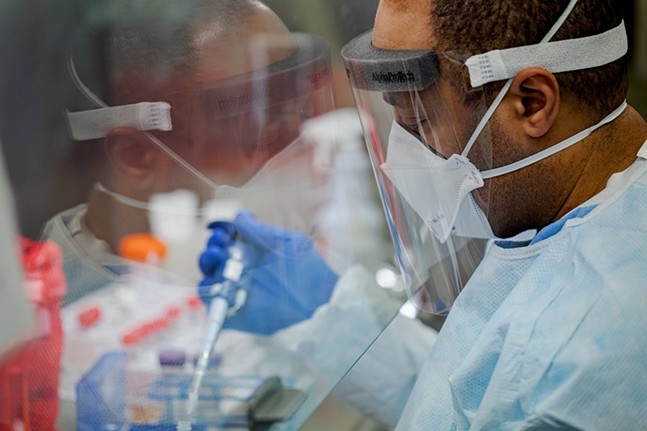
But both the Pennsylvania pace and the national pace of distributing the vaccine are far behind expectations outlined in Operation Warp Speed, a U.S. Department of Health and Human Service plan to produce and deliver 300 million initial doses of the vaccine by January 2021. As pointed out by Bloomburg, it will also fall short of the Trump administration's goal of distributing 20 million vaccinations by the end of 2020. The federal department of Health and Human Services has argued that the distribution figures are an underestimate due to delayed reporting.
On Tue., Dec. 29, President-elect Joe Biden criticized the Trump administration and blamed it for the slow pace of vaccine distribution. “As I long feared and warned, the effort to distribute and administer the vaccine is not progressing as it should,” said Biden in a speech.
The number provided by Bloomberg is in contrast to numbers provided by the Pennsylvania Department of Health COVID-19 Vaccine Dashboard launched Wed., Dec. 30. The state's figure is even lower than data provided by Bloomberg.
A press release says the dashboard provides the number of vaccinations administered by Pennsylvania county, and demographic information about the people being vaccinated. Currently, it says 96,045 doses of the vaccine had been administered since statewide hospitals began receiving shipments of the Pfizer-BioNTech COVID-19 vaccine the week of Dec. 14 and Moderna COVID-19 vaccine the week of Dec. 21.
“The dashboard and the vaccinations it tracks are two more tools in our toolbox as we stand united against COVID-19,” Pennsylvania Gov. Tom Wolf said in a press release. “But the fight against this dangerous disease is not over yet. We must stay the course and continue to do everything in our power to slow the spread of COVID-19 and keep our families and our communities safer.”
The dashboard says 9,948 vaccinations have been administered in Allegheny County so far. The first doses in the county were given to several UPMC frontline workers on Dec. 14.
Wolf acknowledged that it will take months until the vaccine is widely distributed and said he didn't want to give Pennsylvanians "false expectations." When the vaccine first started to be distributed in the second week of December, only Pennsylvania and Puerto Rico had failed to publish their interim coronavirus vaccine plan. According to Bloomberg, Pennsylvania's vaccine distribution pace is behind states like West Virginia, California, and Colorado, but ahead of states like Ohio, Maryland, and Virginia.
. @GovernorTomWolf said he does not want to give Pennsylvanians “false expectations” and said it will be months until the vaccines are widely distributed.
— Tom Davidson (@TribDavidson) December 30, 2020
On Wed., Dec. 30, state Secretary of Health Dr. Rachel Levine signed an order directing that a percentage of all vaccine distributions to hospitals, health systems, federally qualified health centers, and pharmacies be designated for health care personnel within Phase 1A.
Levine said at a press conference it will likely take months to vaccinate the health care workers and others who are high-priority to receive the vaccine. Phase 1A is the first of a three-part phase to vaccinate health care personnel and those working and living in long-term care facilities.
According to a press release, the order, which goes into effect on Jan. 6, 2021, will cover “paid and unpaid persons serving in health care settings who have the potential for direct or indirect exposure to patients or infectious materials.” This extends far beyond nurses, physicians, and other medical professionals to those in Emergency Medical Services, clinical personnel in school settings or correctional facilities, and contractual staff not employed by a hospital or health system, such as laundry, maintenance, or clerical workers.
This order states that providers designate at least 10% of each vaccine shipment received to go to “Phase 1A non-hospital affiliated health care personnel.”
“Getting Pennsylvanians immunized with a safe and effective COVID-19 vaccine is an essential step in reducing the number of virus-related cases, hospitalizations, and deaths, including all those who continue to take care of us,” Levine said. “There are nearly one million health care personnel across the commonwealth who work directly or indirectly with patients and are eligible for vaccine initially. The department will continue to follow and update our COVID-19 interim vaccination plan to address how and when all Pennsylvanians can receive their vaccine.”
Phase 1A will be followed by two additional phases covering more vulnerable patients and then the general public. Experts are estimating that most people will not receive the vaccine until early spring or summer 2021, though the latest distribution numbers may change that.
Until then, Levine stressed that everyone still practice habits to stop the spread of COVID-19, including social distancing, wearing face masks, and staying home.
“The vaccination process will take time,” said Levine. “We need Pennsylvanians, including health care personnel, to be patient as we continue to get the vaccine into the hands of the right people at the right time so we can protect against COVID-19. We are hopeful as we move forward, additional vaccine trials will be completed and receive an Emergency Use Authorization, enhancing the number of vaccines we receive.”


